In this article, we will review some of the metaverse platforms that are resourceful if you are considering which metaverse platform to use
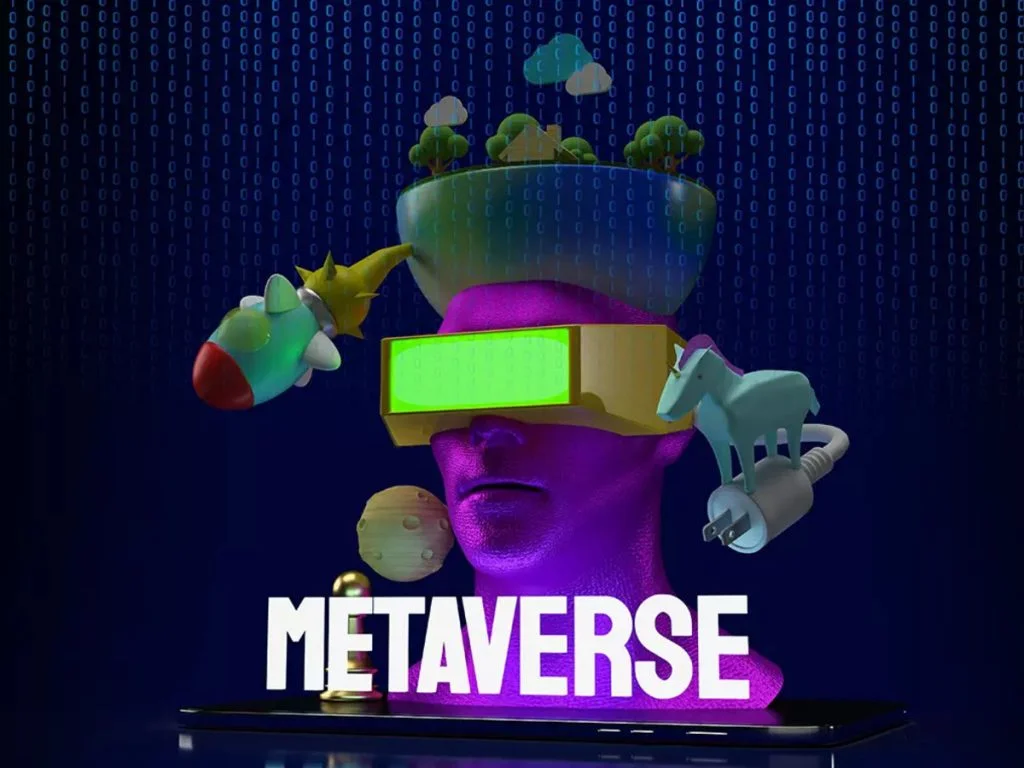
Metaverse platforms are digital environments where users can create content, interact with one another, and earn money, among other things, in a world that appears to be real.
Platforms such as Decentraland, the Sandbox, and Roblox present users with a world that doesn’t exist, but users can see and experience it because it is all virtual.
In case you don’t know much about the metaverse. The metaverse is a virtual reality realm where users can interact, play games, and have real-life experiences. Many tech and non-tech giants are competing for supremacy in the metaverse and are harnessing the opportunity to immerse users in Augmented Reality (AR) and Virtual Reality(VR).
So, now that we have a general understanding of what the Metaverse is, let’s look at some of the platforms where you can experience it for yourself.
Most Popular Metaverse Platforms
- Decentraland
- The Sandbox
- Roblox
- Hyperverse
- Stageverse
- Epic Games
- Nakamoto
- Bloktopia
1. Decentraland

Decentraland was one of the first metaverse platforms to release a viable proof-of-concept for the platform, paving the way for the platform’s market dominance. Ari Meilich and Esteban Ordano, two friends from Argentina, founded Decentraland in 2015.
The platform offers digital land, referred to as land parcels, with a starting price of $13,000 per parcel. The platform has been open to the public since February 2020, and the price of land parcels has been rising exponentially since then.
Decentraland is a virtual reality (VR) environment in which users can create content, interact with one another, and earn money, primarily through investments and other digital assets.
Decentraland provides a gaming environment that is divided into 90,601 distinct parcels, each of which is represented by an NFT. Users can only make purchases using Decentraland’s proprietary token, MANA. although land parcels can be traded in Opensea.
Features Of Decentraland
- Users can use the platform to create, interact with, and monetize their content and apps.
- Users can also buy virtual pieces of land in the Metaverse, which they can travel to and monetize.
- Users can create their own 3D models.
- Assets trading as NFTs with MANA as currency
Pros Of Decentraland
- The Security Advisory Board supports Decentraland’s community governance (SAB)
- There is a possibility of auctioning NFTs and selling LAND for MANA.
- There are regular upgrades to ensure that new features are added to the protocol.
Cons Of Decentraland
- There is a great lack of engaging content.
- Risk of exploitation as a result of the risk of cyberattacks
2. The Sandbox
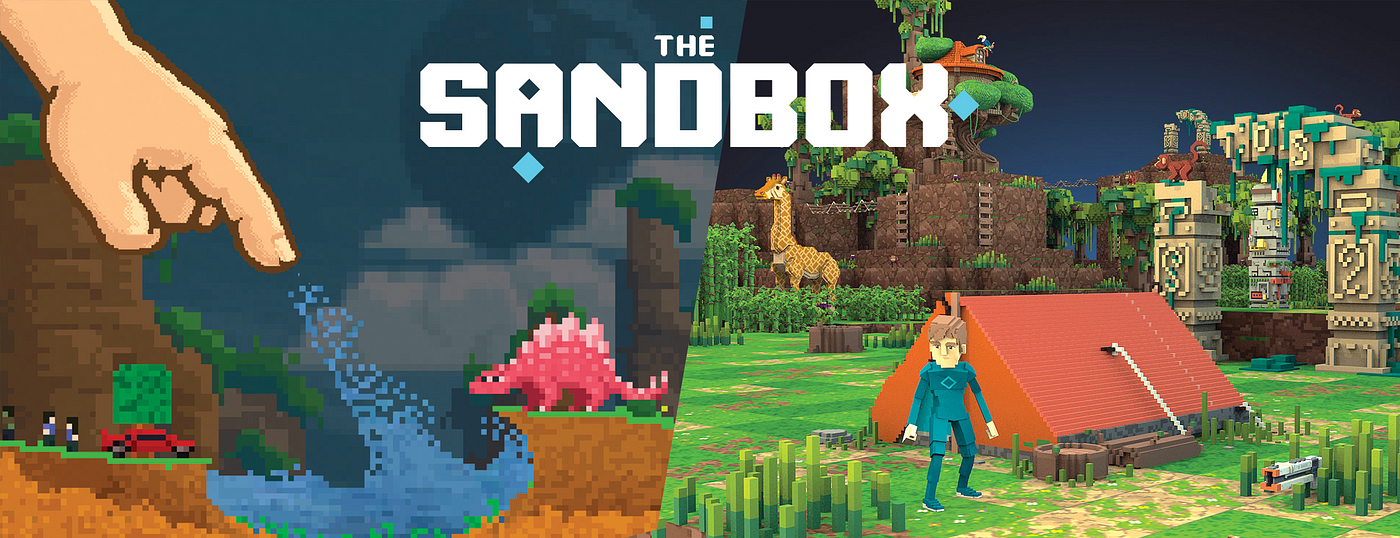
Sandbox was founded in 2012 by Arthur Madrid and Sebastian Borget. In 2018, Animoca brands acquired the company, which introduced 3D and blockchain technology to the game. In November 2021, the platform completely shifted to the Metaverse.
They have their own cryptocurrency known as SAND. Players can use Sandbox to expand and monetize their gaming experience on the Ethereum blockchain.
The Sandbox is a blockchain-based game and metaverse platform that allows investors to sell, buy and trade virtual plots of land. The Sandbox is built on top of the Ethereum blockchain. Its popularity stems primarily from its stability and security.
Features Of The Sandbox
- The Sandbox native token is SAND
- Investors can pay for the Ethereum network gas fee using the SAND token.
- Creators reserve digital rights
Pros Of The Sandbox
- The Sandbox transforms the idea of creating a complete and total gaming universe on the Ethereum blockchain.
- Tokens are representations of the rights granted to users in order for them to receive the actual gaming experience.
- The Sandbox’s decentralized protocol allows users to easily buy, sell, and trade various products and services within the Sandbox metaverse.
Cons Of The Sandbox
- There is a significant economic constraint surrounding the SAND token. This token is not a full-fledged cryptocurrency or a digital asset.
- The rights and platform opportunities available to SAND token holders are limited to game use or creation.
- The Sandbox is a relatively new project, having been released only seven months ago, and full implementation of the project’s roadmap is not expected until 2023.
3. Roblox

Roblox is yet another popular metaverse platform where users can play games made by other users. Currently, the platform has over 20 million games that its users have published. If they monetize their games, many of the developers can earn up to $1 million in a single year.
Roblox is working to get closer to creating a metaverse, and they recently introduced a spatial voice chat’ feature to enhance virtual and real-life conversations.
Features Of Roblox
- Users can play games created by other users.
- Users can create their own game
- The Platform and games are free to download
- Users can buy items like skins, upgrade weapons
Pros Of Roblox
- Roblox is more concerned with creating an entire ecosystem than with developing a single game or genre.
- The currency that Roblox’s players use to purchase objects in the games allows the company to easily monetize its offerings.
- Roblox could increase engagement across all of its platforms, including its augmented reality offerings.
Cons Of Roblox
- Roblox’s games tend to look ugly.
- The company’s net income continues to be deeply negative.
4. HyperVerse
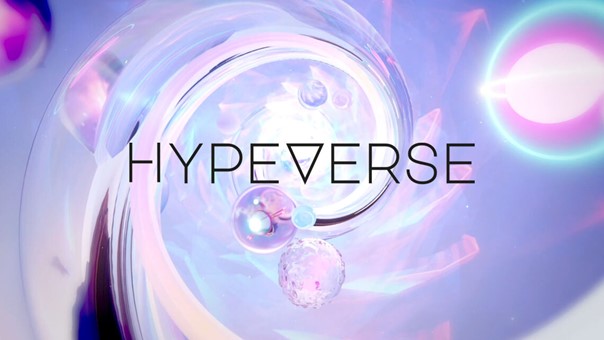
The HyperVerse is a virtual world platform that also happens to be one of the best metaverse platforms. It is made up of planets that are not owned by any single entity.
It is a universe with millions of different universes. Each person who lives in the HyperVerse, can generate tokens, interact with one another, and travel the world as a group. It is a universe with millions of different universes.
Features Of HyperVerse
- It comprises a collection of planets
- Each individual that lives in the HyperVerse is referred to as a Voyager
- Engagement is permitted in the HyperVerse
Pros Of HyperVerse
- Users can explore, build, and create monetized assets.
Cons Of HyperVerse
- The reputation of HyperVerse is still unclear
5. StageVerse

Stageverse is a social VR platform with digital material and virtual venues. Muse: Simulation Theory was the first 360-degree concert on the platform.
Stageverse allows many viewers to experience concerts in 3D from various viewpoints around the venue.
Besides the 360-degree footage, the experience includes AR and 3D special effects. Users can speak with each other and interact with their surroundings.
Features Of StageVerse
- It allows for interaction between users
- StageVerse offers digital material and virtual venues
- 3D experience
Pros Of StageVerse
- Stageverse is a 3D venue where friends and communities connect, grow, have fun, and share culture.
- It is a social virtual environment for events, exhibitions, and parties.
Cons Of StageVerse
- The audio is so glitchy, it cuts in and out.
- It does not work on selected devices.
6. Epic Games
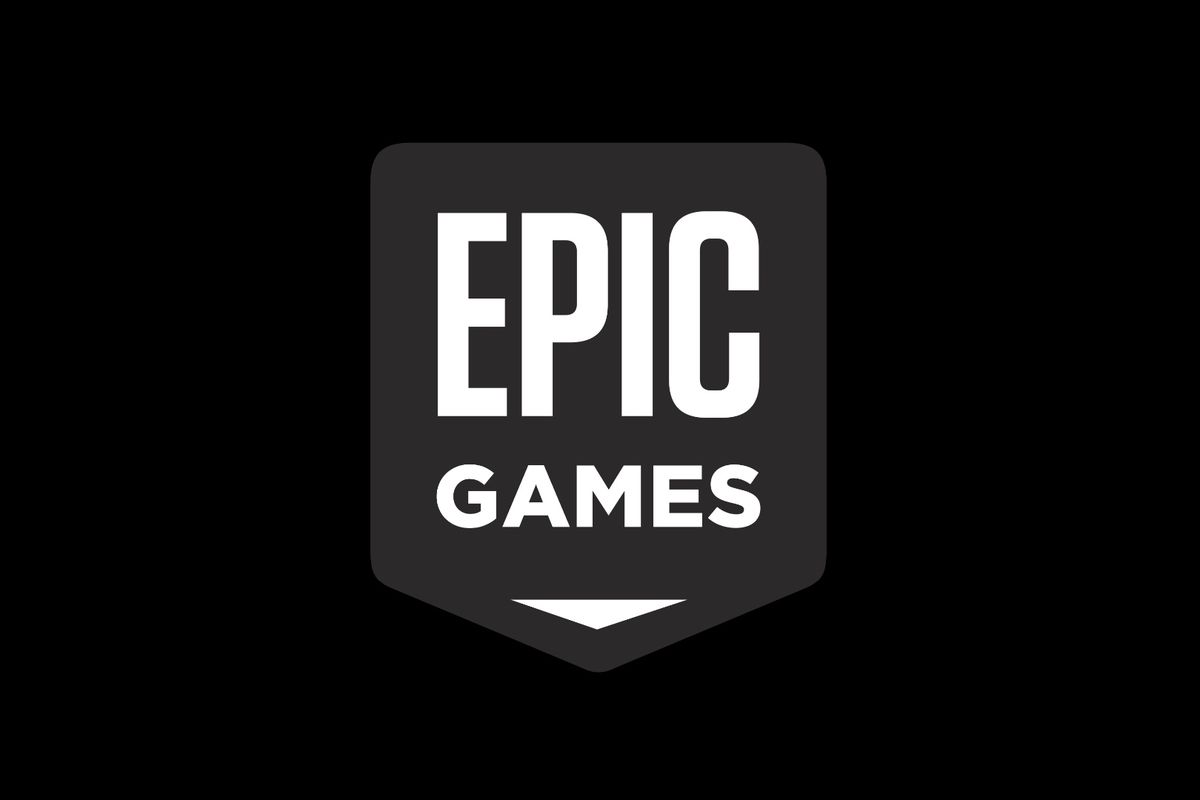
Epic Games is also the company behind the video game smash hit Fortnite. Outside of its core battle royale game, the company has expanded into group interaction such as virtual music events and dance parties.
Epic is developing a metaverse concept in which players can interact virtually with one another. This is not the same as interacting with other players via Emotes.
To raise the stakes, Epic intends to incorporate virtual gaming, shopping, and other experiences into the game via digital assets in the form of NFTs.
Features Of Epic Games
- Epic games allow for group interaction
- Users can interact virtually
Pros Of Epic Games
- Epic Games have a relatively clean layout
- Epic Games user interface features a minimalistic UI that’s easy to navigate.
Cons Of Epic Games
- It is still developing as it intends to incorporate virtual gaming, shopping, and other experiences into the game
7. Nakomoto
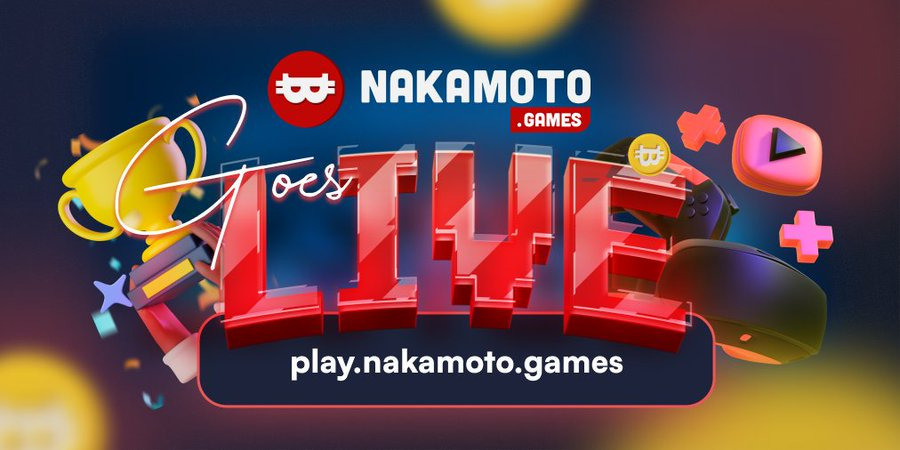
Using the Nakamoto token, investors will be able to acquire virtual land, build buildings, and do a variety of other things. The NAKAverse was recently announced by the team behind the NAKA token.
It will be one of the first metaverses to implement a true in-game economy. Investors will be able to buy virtual land, construct buildings, and do a variety of other things.
Features Of Nakomoto
- Nakamoto allows users to acquire virtual land
- The $NAKA token is the native currency
- The platform introduces an in-game economy
Pros Of Nakomoto
- The platform allows users to acquire land.
- You can play with anyone, and anywhere at any time.
- Holders of NAKA tokens have the exclusive right to participate in how decisions are made and in governance in the Nakamoto ecosystem.
Cons Of Nakomoto
- The major challenge is competition and the rate of adoption.
8. Bloktopia

Bloktopia is a 21-story virtual skyscraper in the Metaverse. The Bloktopia team, on the other hand, wishes to honor Bitcoin, which has a maximum supply limit of 21 million units of cryptocurrency.
Features Of Bloktopia
- Users of Bloktopia can create their own avatars
- Users can purchase metaverse’ real estate’ in its virtual reality skyscraper
- Users can create artwork and games
Pros Of Bloktopia
- Entrepreneurs can own land and develop it as virtual real estate.
- Through a simple builder tool, users will be able to use their creativity by producing scenes, and artwork, and even participate in events to win prizes.
Cons Of Bloktopia
- It is still quite new and could be unsafe as it was launched in 2022
Concluding Remark
We listed and reviewed a few metaverse platforms that are popular among enthusiasts, although this is not an exhaustive list of all the metaverse platforms and the opinion shared in this article is solely ours.
We tried as much as possible to attain the highest level of accuracy in this review, so we believe that you’ll find this article resourceful if you are considering which metaverse platform to use.

